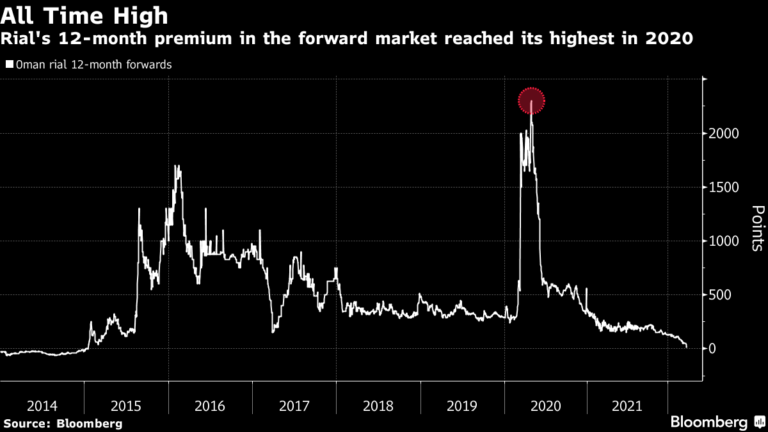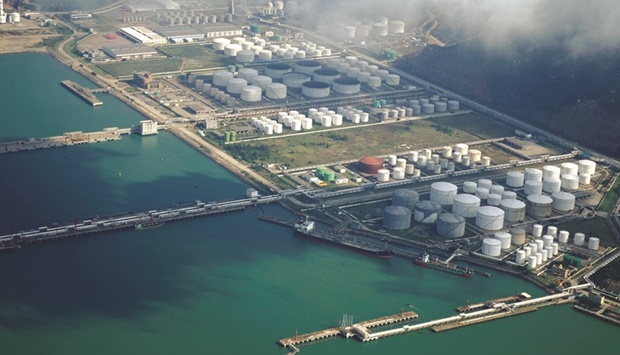Russia-Ukraine war could delay Europe’s decarbonization plans for a decade

Russia’s invasion of Ukraine could force Europe to delay key decarbonization efforts for up to a decade, a prominent regional energy expert has warned in Greece.
Now that Europe is moving to reduce imports of Russian oil and gas, he explained, some of the measures expected to reduce carbon emissions may have to be put off “for eight, nine, maybe 10 years,” as would planned shutdowns of nuclear generating stations.
“The European Union will need to provide the necessary permissions in some cases, plus financing in others,” he said. “Eight to 10 nuclear plants and as many as 30 coal stations slated for decommissioning will have to remain online to keep up with electricity demand, and several projects required to replace Russian gas will need to be accelerated with additional funding and/or guarantees.”
Coordinated releases of strategic oil reserves by the US and other countries are helping to contain upward pressure on crude and other energy prices, he said, but reasonable levels “cannot be maintained unless more supply makes it to market and that means oil producers –primarily OPEC but others as well – have to start pumping more.”
On yet another front, “Spain has both spare LNG receiving capacity and an undersea pipeline for imports of gas from North Africa – but very little of that can reach the rest of Europe unless and until a new pipeline connects the Iberian Peninsula to the rest of Europe via France,” said Baroudi, who has been advising companies and governments on energy policy for decades. “Paris has recently voiced new openness to that idea, but the EU can and should do more to facilitate it. It should also do more to establish an agreed route for another pipeline to carry gas from the Eastern Mediterranean to Greece and/or Turkey.”
Baroudi also argued that the EU would be wise to ensure adequate capital flows into renewables such as wind and solar. “We might have to retain fossil fuels longer than we had planned, but that’s no reason to stop funding a cleaner future,” he said. “In fact it’s a reason to move as quickly as possible.”







